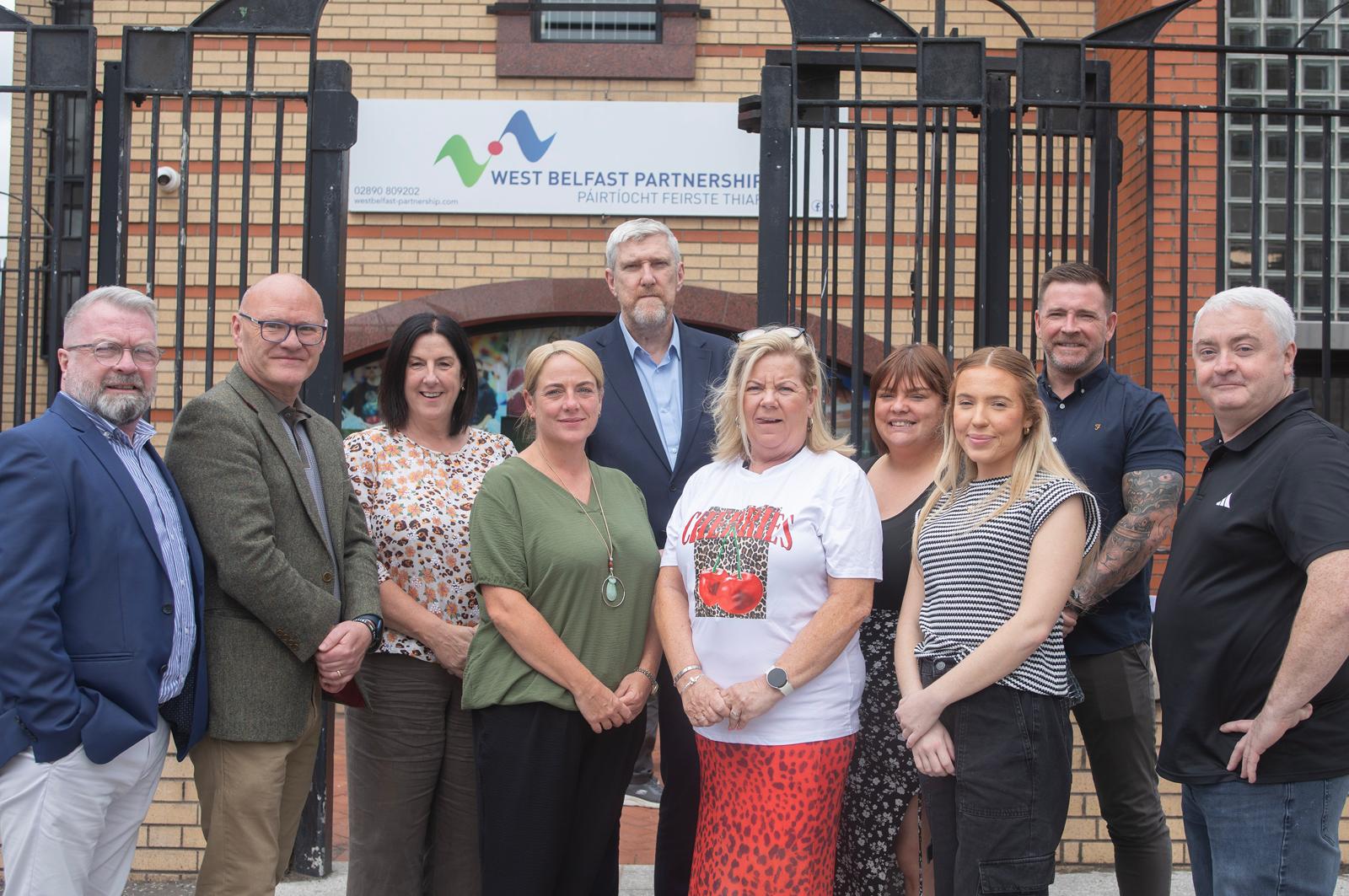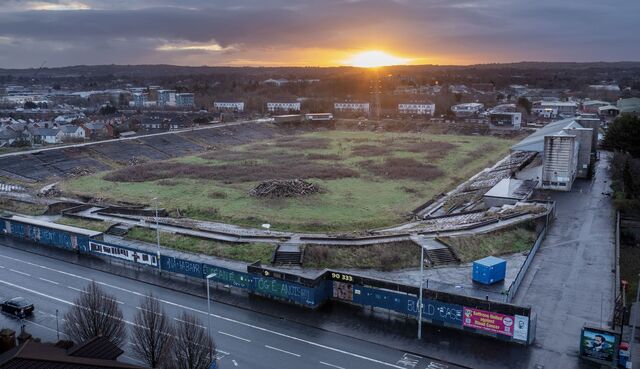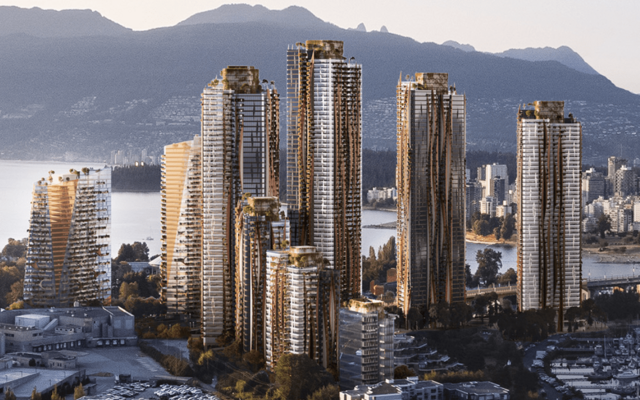The official opening of the new West Belfast Partnership Board managed offices on the Falls last week — home to both the umbrella community group and local businesses (including the Andytown News) — seems like an appropriate time to take stock of the economic wellbeing of the West.
Moreover, we stand at an important juncture in the 21st Century - we are now closer to the year 2050 than the year 2000. No better time then for the community to raise its eyes to a higher horizon and ask what the local economy will look like at the half-century point.
Since the turn of the century, there is no doubt but that economic progress has been made.
Buoyed by a series of community-led investments, the main arteries criss-crossing West Belfast, reflect a confidence and faith in the future which gives a firm foundation for further progress. That's despite the fact that missing in the community renaissance has been the creation of manufacturing facilities. In fact, the latest £100m major manufacturing investment under the City Deal has gone not to West Belfast but to Mallusk in Newtownabbey. We have seen this picture before!
So further progress there must be because, despite a transformation in the economic fortunes of West Belfast, there is still a long way to go before we witness a truly dynamic and sustainable economy.
One instrument of growth in the regeneration toolbox is the transfer on favourable terms of government assets to the community sector to aid economic revival. Indeed, the new Teach Chluain Ard development by the Partnership Board has brought back to life a former Training and Employment Agency office which had been secured like an armoury and then abandoned by the powers-that-be. Kudos to the Partnership team for identifying this project and restoring it as an economic hub on the famous Falls Road.
The overdue reclamation of the Training Agency offices will complement a string of other welcome investments along the bottom of the Falls from Raidió Fáilte to the new St Comgall's and from Conway Mill to Dunville Park.
But another architectural monstrosity just a stone's throw away from Teach Chluain Ard is long overdue a makeover and transfer to a community-led group: the Falls Road dole. Unloved, fortified like a bunker, underused and a blight on the main thoroughfare, the employment centre offices are occupying a site which could unlock enormous opportunity for the local population. With Conway Mill — itself about to enjoy a mammoth funds boost — at its side, this site could be home to a development aimed at providing skills and employment to a new generation.
For too long, there have been efforts to pigeonhole the leaders of West Belfast as people whose job it is to manage poverty. But what if the mission of this community's leaders was to manage wealth? What a sea change that would be but surely not one beyond the visionaries who have resuscitated the West with numerous initiatives, including the Gaeltacht Quarter and Féile an Phobail.
In all of this, undoubtedly, Casement Park will be the trigger for a metamorphosis of West Belfast but there is no reason to put other flagship developments on hold while we wait for the reborn Páirc Mhic Ásmaint.
In the 1990s, West Belfast had an Obair Report into discrimination and joblessness and in the early 'noughties' a report by an Economic Task Force for the area. But since then, there has been no co-ordinated attempt by business champions, politicians and community leaders to envisage a West Belfast where the dignity of well-paid employment is enjoyed by the many. Indeed, by 20250 could West Belfast become an economic powerhouse of Belfast and wealth, evenly distributed, a panacea?
With Sinn Féin holding both the economic posts in the Northern Executive, there can be no better time to seek the resources to enable the West to set out its jobs plan from now to 2050. After all, as the saying has it, "the future belongs to those who can imagine it".







